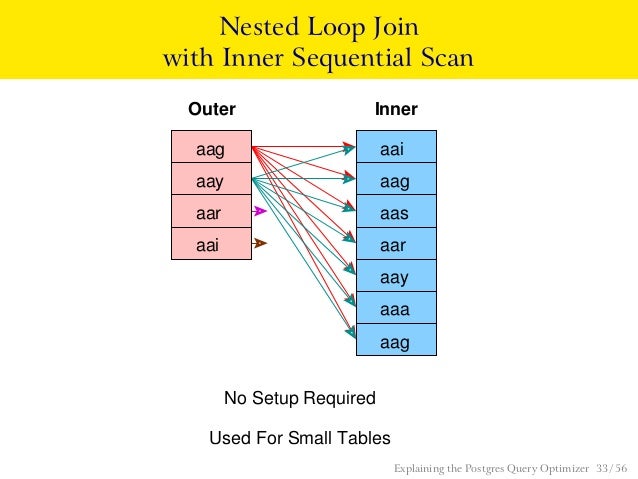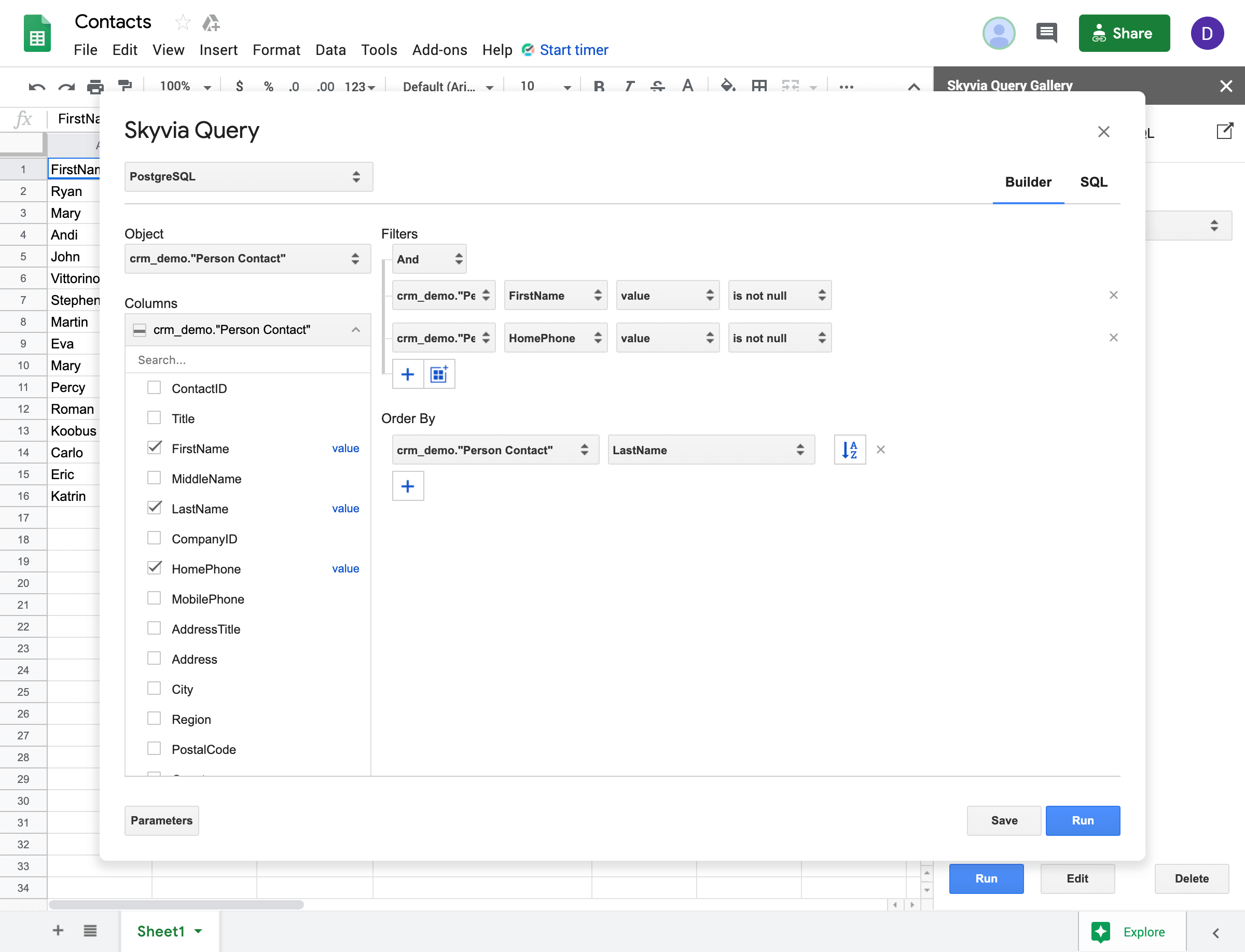
The Sort operation needs large amounts of memory to materialize the intermediate result (not pipelined). Sorts the set on the columns mentioned in Sort Key. Both sides of the join must be presorted. The (sort) merge join combines two sorted lists like a zipper. The hash join loads the candidate records from one side of the join into a hash table (marked with Hash in the plan) which is then probed for each record from the other side of the join. Joins two tables by fetching the result from one table and querying the other table for each row from the first. In the context of joins, the term “table” could therefore also mean “intermediate result”. In case a query has more joins, they are executed sequentially: first two tables, then the intermediate result with the next table. Generally join operations process only two tables at a time. Buying my book “SQL Performance Explained” (from €9.95) also supports my work on this website. I offer SQL training, tuning and consulting. A bitmap scan fetches all the tuple-pointers from the index in one go, sorts them using an in-memory “bitmap” data structure, and then visits the table tuples in physical tuple-location order. Tom Lane’s post to the PostgreSQL performance mailing list is very clear and concise.Ī plain Index Scan fetches one tuple-pointer at a time from the index, and immediately visits that tuple in the table. Bitmap Index Scan / Bitmap Heap Scan / Recheck Cond See also “ Index-Only Scan: Avoiding TableĪccess”. There is no table access needed because the index has all columns to satisfy the query (exception: MVCC visibility information).

The Index Only Scan performs a B-tree traversal and walks through the leaf nodes to find all matching entries.
#Postgres query plan how to
The next section explains how to identify them. The so-called index filter predicates often cause performance problems for an Index Scan.

See also Chapter 1, “ Anatomy of an SQL Index”. It is like an INDEX RANGE SCAN followed by a TABLE ACCESS BY INDEX ROWID operation. The Index Scan performs a B-tree traversal, walks through the leaf nodes to find all matching entries, and fetches the corresponding table data. The Seq Scan operation scans the entire relation (table) as stored on disk (like TABLE ACCESS FULL).


 0 kommentar(er)
0 kommentar(er)
